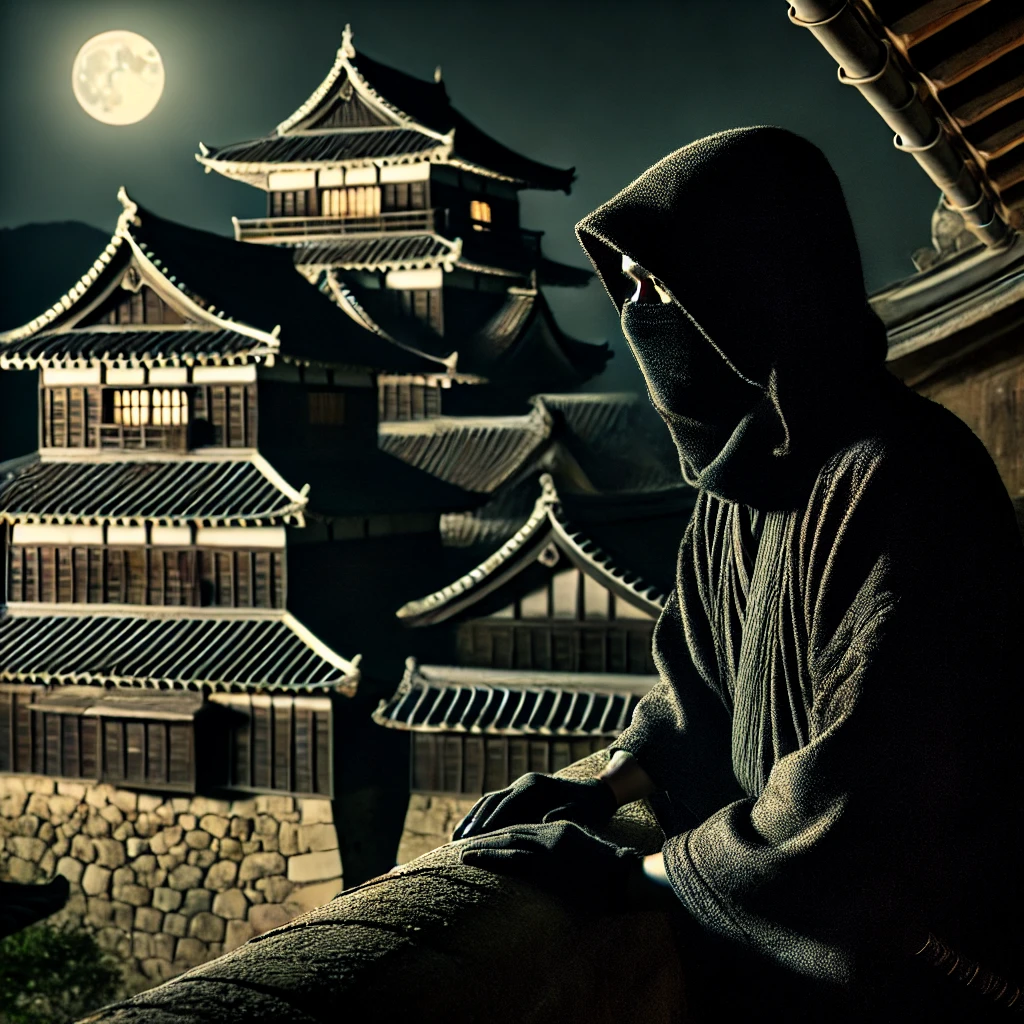世に「忍者」として知られる者たちは、かつて「忍び(しのび)」と呼ばれておった。その名が示すように、彼らの本質は影に生き、気配を消し、密かに任務を果たす者たちであった。
「忍び」の起源
「忍び」の歴史は古く、その起源は聖徳太子の時代にまでさかのぼるとされる。飛鳥の時代、聖徳太子に使えた大伴細人は「志能備(しのび)」とよばれ、優れた情報収集能力を用い、政務に活かしたと伝えられておる。これが後の「忍び」の原型になったと考えられる。
本格的に「忍び」が活躍し始めたのは戦国時代。各地の戦国大名たちは、戦の勝敗を左右する情報収集や破壊工作を担う者たちを必要とし、彼らを「忍び」として組織化していった。伊賀や甲賀の地は、こうした忍びの技術を継承・発展させたことで名高い。
「忍者」と「忍び」の違い
現代では「忍者」という言葉が一般的になっておるが、これは比較的新しい呼称にござる。江戸時代の軍学書や忍術書には「忍びの者」として登場し、「忍者」という言葉はあまり用いられておらぬ。
「忍び」とは、潜入や諜報活動に長けた者全般を指す言葉であり、戦闘のみに特化した者ではない。彼らは情報収集、伝令、攪乱工作、時には外交や交渉まで担う、多才な存在であった。
一方で、「忍者」という呼称が広まったのは、明治以降の軍事書や大正・昭和期の小説・映画による影響が大きい。特に、漫画や映画の影響で「忍者」としてのイメージが確立し、世界中に広がったのである。
忍びの精神――静かなる力
「忍び」という言葉の本質は「耐え忍ぶこと」にある。彼らはただ戦うのではなく、時には己の存在を消し、時にはじっと機を待つ。感情に流されず、冷静沈着に任務を果たすことが忍びの極意であった。
この精神は、現代にも通じるものがある。私たちが困難に直面したとき、感情に振り回されず、状況を見極め、冷静に行動することこそ「忍び」の精神といえよう。
まとめ
- 「忍び」は「忍者」よりも古くから存在する呼称である
- その起源は聖徳太子の時代にさかのぼり、密使として活躍した
- 「忍び」は戦闘だけでなく、情報収集や交渉など多岐にわたる役割を担った
- 「忍び」の精神は、現代においても冷静な判断力や忍耐力として活かせる
忍びとは、ただ戦う者ではなく、知恵と忍耐をもって世を生き抜く者たちのこと。現代に生きる我々もまた、その教えを学び、日々の生活に活かしていくことができるであろう。
【以下英語版】【English version below】
The Origin of Shinobi: Who Were They?
Those known as “ninja” in the modern world were once called “shinobi.” As the name suggests, their essence lay in living in the shadows, erasing their presence, and accomplishing their missions in secrecy.
The Origins of Shinobi
The history of shinobi is ancient, dating back to the era of Prince Shōtoku. During the Asuka period, Otomo no Hosito served Prince Shōtoku and was known as “Shinobi (志能備),” utilizing exceptional intelligence-gathering skills to aid in governance. This is believed to be the prototype of the later shinobi.
It was during the Sengoku period when shinobi truly began to flourish. The warlords of this era required agents who could gather intelligence, conduct sabotage, and influence the outcome of battles. These individuals were organized into shinobi groups. The regions of Iga and Kōga became famous for developing and refining shinobi techniques.
The Difference Between Ninja and Shinobi
In the modern era, the term “ninja” is more widely recognized. However, this term is relatively new. Historical military texts and ninja manuals from the Edo period primarily refer to them as “shinobi no mono” (忍びの者). The term “ninja” was seldom used.
Shinobi referred to individuals who excelled in infiltration and espionage, not merely combat. They handled intelligence gathering, message delivery, sabotage, and sometimes even diplomacy and negotiation.
The popularization of the term “ninja” occurred during the Meiji period through military texts and further expanded during the Taisho and Showa periods through novels and films. The global image of the “ninja” was solidified by manga and movies.
The Spirit of Shinobi: The Power of Silence
The essence of the word “shinobi” lies in “endurance and perseverance.” They did not simply fight; they concealed their presence and waited for the right moment to act. Maintaining composure and fulfilling their mission with calmness was the ultimate discipline of the shinobi.
This mindset is still relevant today. When facing difficulties, staying calm, assessing the situation, and acting rationally reflect the spirit of the shinobi.
Conclusion
- “Shinobi” is an older term than “ninja.”
- Its origins date back to the time of Prince Shōtoku, where they served as covert agents.
- Shinobi fulfilled diverse roles, from intelligence gathering to negotiation and sabotage.
- The spirit of shinobi, which emphasizes patience and calm judgment, remains applicable in modern life.
Shinobi were not merely warriors but individuals who survived through wisdom and endurance. By learning from their teachings, we too can navigate the complexities of modern life.
Now, which wisdom of the shinobi shall we explore next?



